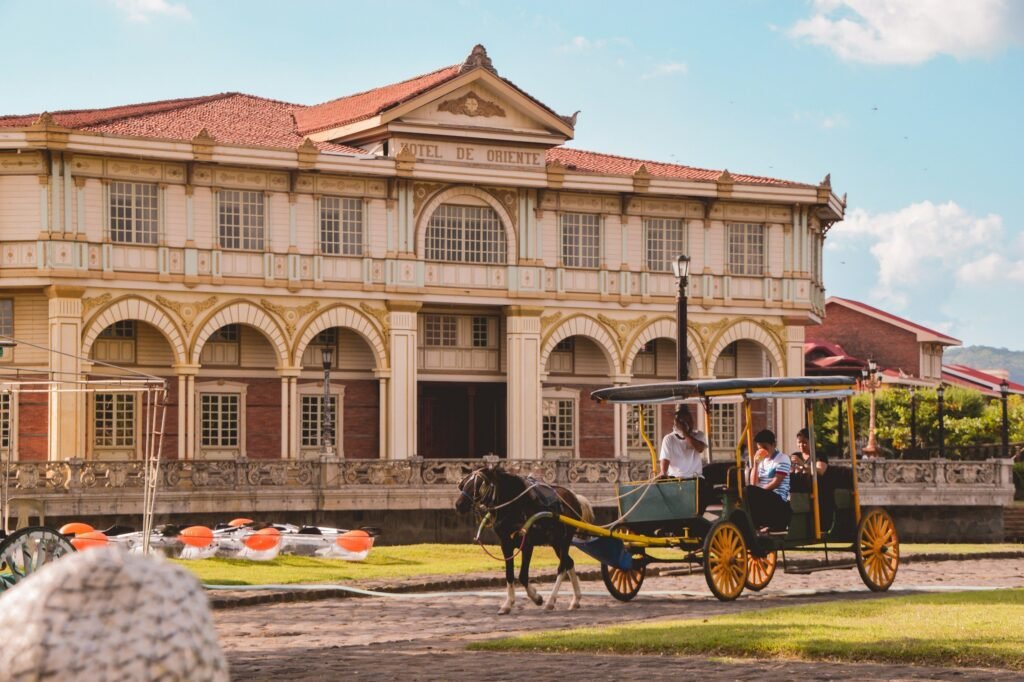Explore strategies, policy frameworks, and community initiatives for combating climate challenges in Thailand and Indochina, urging a transition towards resilience and a net-zero lifestyle for a sustainable future.

PHOTO: Geoff Greenwood on Unsplash
Stirring the Climate Conversation: An Introduction
Climate change, an imposing reality disrupting global tranquility, has left few regions untouched, including Thailand and Indochina. These tropical gems of Southeast Asia face an escalating threat due to the unwavering tides of global warming.
As global climate change intensifies, building resilience and adapting to such changes is becoming increasingly critical. Specifically, the scope of climate challenges in this region is substantial, from rising sea levels and vulnerable coastlines to extreme weather events and changing ecosystems.
The area of resilience here transcends immediate physical factors to embody economic, social, and cultural dimensions as well. Embracing sustainable and eco-friendly solutions is vital to promoting a net-zero lifestyle that can help mitigate climate change impacts.
Building Resilient Shields: Strategies and Solutions
Net-zero living, an integral part of resilience, can be achieved by leveraging natural resources to mitigate climate challenges. For instance, mangrove restoration in coastal areas provides natural buffers against storm surges, acting as our planet’s key defenders.
They not only enhance marine biodiversity but also promote sustainability. A healthy mangrove ecosystem supports biodiversity, sequesters carbon, and serves as an essential resource for coastal communities’ livelihoods.
Another resilience strategy is the implementation of community-based early warning systems. These systems provide timely alerts for impending disasters like floods and storms, allowing communities to take necessary precautions.
Such systems provide vital alerts about impending disasters, thus minimizing human and material losses and fostering proactive communities. These systems promote a sense of ownership and preparedness by involving local people in the monitoring and decision-making processes.
Incorporating adaptive infrastructure into resilience strategies is crucial to mitigating climate challenges. Upgrading existing buildings, roads, and energy systems to withstand climate impacts can save lives, assets, and resources long-term. Integrating eco-friendly designs into new infrastructure promotes net-zero living and sustainable development.
Promoting Resilience: Policy Frameworks and International Collaborations
Governmental policies and frameworks dictate climate resilience initiatives, and their impact is profound in the Southeast Asian context. Policies endorsing eco-friendly construction methods, renewable energy usage, and waste management ideally support a net-zero approach to living.
Simultaneously, global collaborations are stepping into the spotlight, propelling stronger climate resilience. For instance, the Association of Southeast Asian Nations (ASEAN) agreement on disaster management works towards regional capacity-building and mutual assistance.
Funding mechanisms for resilience projects are vital to ensure that resources are available to implement and scale up climate action. From national budgets to international aid and private investment, diverse channels of funding are essential to drive adaptation and mitigation initiatives.
Igniting Grassroots Inspiration: Community Initiatives and Education
From net-zero homes to sustainable farming practices, local community initiatives across Thailand and Indochina are adding significant impetus to climate resilience. These initiatives encapsulate an array of environmental activities, predominantly led by individuals invested in preserving their natural heritage.
Education and awareness undoubtedly form the bedrock of such initiatives. Comprehensive and accurate information about climate change and its devastating impacts can help communities foster the necessary mindset to embrace a net-zero lifestyle and take effective climate action.
Investing in the Future: Economic Implications of Building Resilience
Climate resilience can seem like a hefty financial burden for emerging economies. However, a cost-benefit analysis reveals a somewhat optimistic picture. Resilience measures, such as investing in adaptive infrastructure and bolstering natural defenses, yield multi-faceted economic returns over the long run.
Climate resilience initiatives protect lives and livelihoods and provide long-term economic benefits for Thailand and Indochina. By reducing vulnerability to climate impacts, nations can achieve economic stability and prosperity.
Further, the pathway to climate resilience can lead to a surge in green job creation, fostering sustainable development while reducing unemployment. Building resilience thus translates into a wise investment for our collective future.
Embark on the Journey to a Resilient Future Now!
The path to climate resilience in Thailand and Indochina is challenging, but I believe it is achievable. With the right strategies, supportive policies, energetic community initiatives, and a forward-looking economic perspective, we can overcome these climate challenges. This journey invariably calls for each of us to lead a ‘net-zero’ lifestyle, ensuring harmony between humanity and our only home, Earth.
We can foster a sustainable and net-zero future through proactive and collective government, community, and individual action. The time to act is now – together, we can transform our approach to living in harmony with nature and safeguard our planet for generations to come.
For further information on how BillionBricks can help you begin your net-zero journey or benefit your community, get in touch with us at https://billionbricks.org/sign-up or visit https://billionbricks.org/.
If you’re interested in further exploration of climate-related topics, be sure to check out another article that provides additional insights. Read: Why Are The Lakes Drying Up? Is It Still Up for Sustainability? Simple Answers Now
Resources:
-
Amit Prakash. Boiling Point. Retrieved from https://www.imf.org/en/Publications/fandd/issues/2018/09/southeast-asia-climate-change-and-greenhouse-gas-emissions-prakash
-
Blankespoor, Dasgupta, and Lange. Mangroves as a protection from storm surges in a changing climate. Retrieved from https://www.researchgate.net/publication/309477213_Mangroves_as_a_protection_from_storm_surges_in_a_changing_climate
-
Relief Web. Community-based early warning systems. Retrieved from https://reliefweb.int/report/world/community-based-early-warning-systems#:~:text=Community%2Dbased%20early%20warning%20systems%20(CBEWS)%20bridge%20crucial%20gaps,providing%20early%20warning%20for%20all.&text=CBEWS%20emphasise%20anticipatory%20action%20by,rather%20than%20respond%20to%20disasters.&text=CBEWS%20require%20community%20participation%20and%20inclusion%20of%20marginalised%20groups.
-
UNDP Climate Change Adaptation. Enhancing Climate Resilience in Thailand through Effective Water Management and Sustainable Agriculture. Retrieved from https://www.adaptation-undp.org/projects/enhancing-climate-resilience-thailand-through-effective-water-management-and-sustainable
-
ASEAN. https://asean.org/
Steve Cohen. Paying the Costs of Climate Resilience. Retrieved from https://news.climate.columbia.edu/2023/07/17/paying-the-costs-of-climate-resilience/



